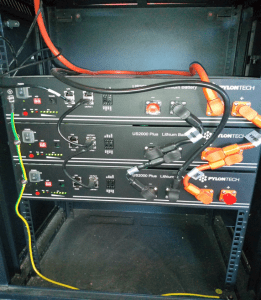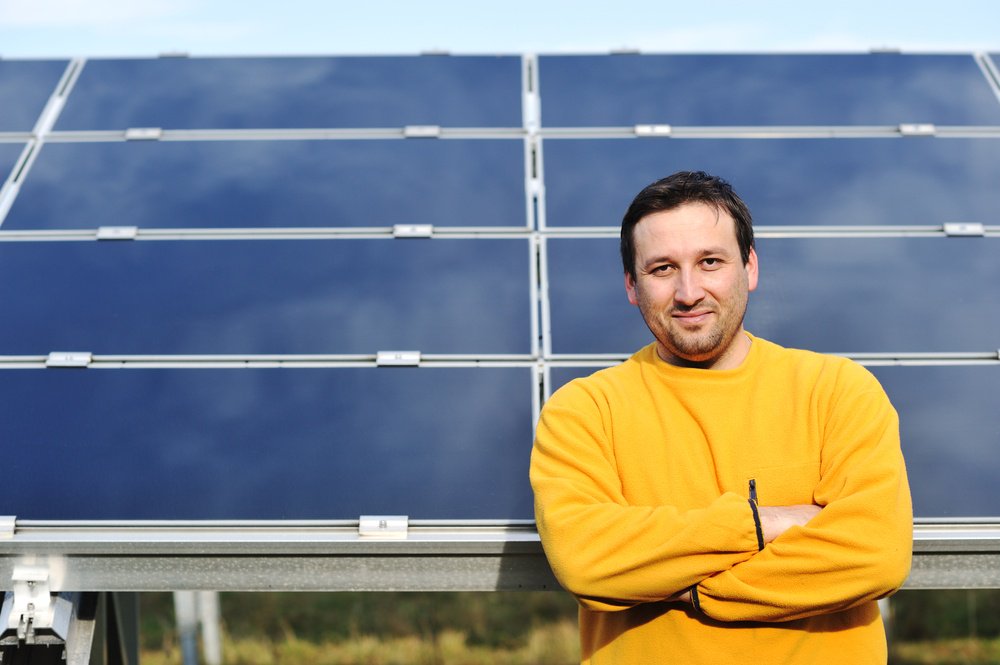- The International Energy Agency predicts that 440 GW of renewable energy will be added by the end of 2023, potentially leading to peak fossil fuel emissions by 2025.
- Energy storage is essential for balancing the variable nature of renewable sources like wind and solar, and the sector could add 387 GW of new capacity by 2030.
- While lithium-ion batteries dominate the current energy storage market, innovative and more sustainable options, such as “natural batteries” using sand, salt, and rock, are emerging as promising alternatives.
The renewable energy revolution is here. Global wind and solar energy capacity additions are set to shatter previous records by the end of 2023, with an expected 440 gigawatts to be added by the end of the year, according to figures from the International Energy Agency (IEA). With the unprecedented catalyzation of the global clean energy transition, plus the skyrocketing rate of adoption for electric vehicles (EVs), the world could be on track to hit peak fossil fuel emissions by 2025.

While the rapid rise of renewables is inarguably great news for the planet, the speed of the transition means will likely lead to some energy security hiccups. To support that new clean energy capacity, many other sectors and processes need to keep pace – which won’t necessarily be easy. One of these key sectors is energy storage, a vital but nascent industry.
Read more: OilPrice
It’s Time to Go Green!
If you would like to know more about Solar Panels and the PowerBanx range of home battery systems, and get a free instant quote, please complete our online form:






